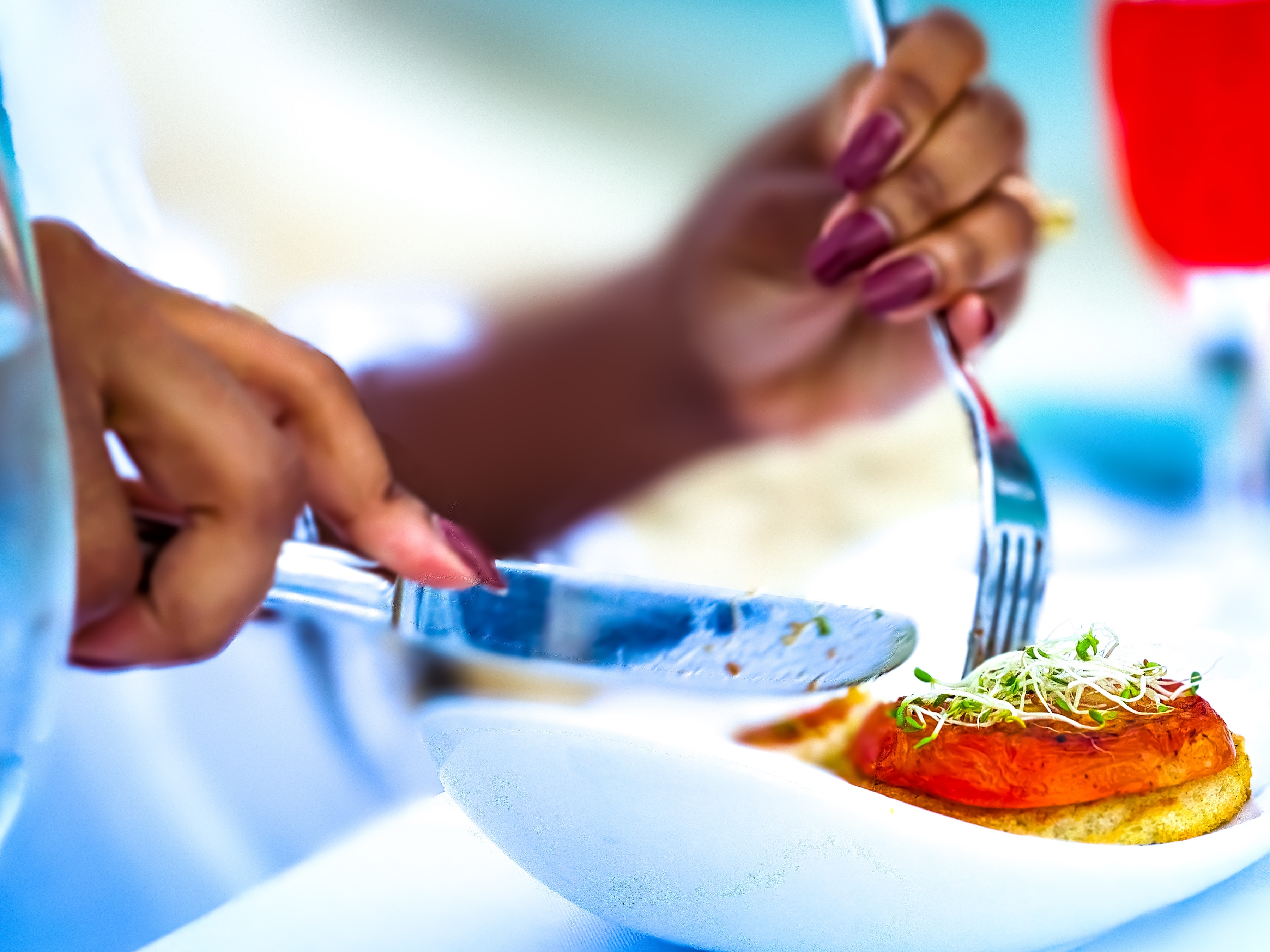When we think of loyalty programs, we remember the flimsy punch card we lost from our favorite deli. We think of stamps at the local coffee shop from the friendly barista. But some believe that there’s a new way to think about loyalty, involving Nike sneakers and private experiences such as Punchh and Seated.
Have we lost you yet? It’s easy to wonder what exactly these luxury items have to do with your restaurant. Unless you’re a high-class steak house, it seems like overkill. However, there’s been a rising trend in luxury restaurant loyalty programs that are impossible to ignore. So is this actually the way of the future, or a fad that will die out on its own? We’re taking a look at the pros and cons of luxury restaurant and hotel loyalty programs.
On an Individual Level
The 2020 Bond Loyalty report has revealed that customers crave a personalized experience beyond just discounts and general deals. Birthday gifts are one of the most popular examples of this. However, it’s hard to narrow down loyalty rewards to an individual level.

On a more general scale, many high-end fashion stores have adopted luxury programs in-house that don’t cheapen their brands, such as Hugo Boss and Neiman Marcus. For restaurants and hotels, this experience isn’t too different. Personalizing loyalty card settings on digital platforms push guests to ask for what they want and filter what’s useful.
This can be an amazing and efficient way to personalize the experience and collect data that you can use to target your desired demographic in ad selling. Guests feel their individual voices are honored through this method.
The downside of these luxury programs on the individual is that it relies on extra work for the guest. A guest signing up and then setting their parameters for their experience might be more hassle than it's worth. Loyalology did a study back in 2014 on what guests prefer in these programs, and overwhelmingly their poll showed that a complicated sign-up process is an anathema to your restaurant loyalty program.
Although these settings might create a more personalized experience, by themselves, they’re turning guests away with their complexity.
Luxury Restaurant Loyalty Programs on an Individual Level: Not worth the poor retention rate unless you automate the process.
On a Group Level
In that same Loyalology study, 75% of those polled said they prefer a loyalty program that included multiple restaurants and businesses. Bloomin Brands and Seated are two such programs that partner with many restaurants to create their own universe. Rather than engaging in a complicated sign-up process with each new guest, restaurants become part of a searchable group with the potential to attract more guests from other restaurants.
This already established grouping of restaurants takes away the complication by joining with others in the community. And the data a restaurant owner gets from loyalty programs is immense, especially without the complicated sign-up process.

“When we think about loyalty, it’s not just the program. We’re thinking about the customer behind the scenes, the insights about those customers. Loyalty can give you insights across all channels about who your most valuable customers are and their patterns. If you’re a brand that delivers breakfast for example, then you know during this time, breakfast has been hit hard and customers are shifting their spending. A loyalty program provides insights as to where that shift is taking place and allows a brand to adjust accordingly,” said Sastry Penumarthy, co-founder and VP of strategy of loyalty platform Punchh. - Why Some Restaurant Chains Are Ramping Up Their Loyalty Programs During This Crisis, Forbes.com (8/12/20)
Luxury Restaurant Loyalty Programs on a Group Level: Worth it for the exposure and unifying multiple brands.
There are a thousand ways to get these loyalty programs wrong.
When done incorrectly and sloppily, luxury restaurant loyalty programs can be clunky and lose more guests than retain. Although they’re solid in theory, these programs can be out-of-touch without a powerful open API to connect the back ends.
However, removing the complicated settings can make these loyalty tools in a group setting extremely useful. Food Halls can circle the wagons and create programs for all their in-house restaurants and ghost kitchens, while smaller stand-alone restaurants can join up with larger groups to access more data and revitalize your business.
Are luxury restaurant loyalty programs worth the hype? Yes. Only in the right context. If your restaurant already has a good following with a preconceived loyalty program, we see no reason to switch. But for those finding themselves in plateau or are just investigating their options, this is a great way to leap into a new level of business in the restaurant industry.




